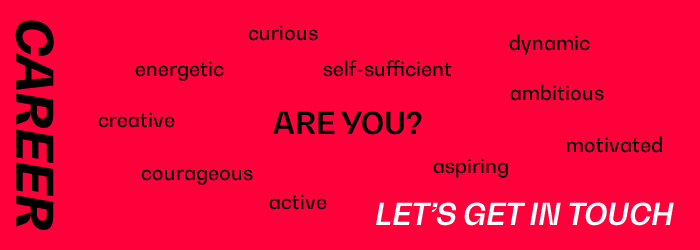35,000 kW power
300,000,000 kWh p.a.
1,600,000 households
Sustainable Infrastructures
is to the world, what our veins are to our body
Can you remember the last time there was a power cut? For sure this would have been short-lived. But for almost 1 billion people around the word power outages occur regularly. Some communities don’t even have any electricity at all. This isn’t only an inconvenience, but can even lead to fatalities in some cases. For populations living in primitive villages, even medical care isn’t a given. Doctors often complain about vaccines going off, or life-support systems crashing. They sometimes have to treat patients in the dark by candlelight or cell phone lights. There’s no doubting the importance of reliable infrastructure for both utilities as well as transportation. Improvised workarounds forced by defective or completely missing infrastructures usually generate unnecessary costs and damage to the environment. Without a reliable source of domestic electricity, you need such alternatives as local solar-powered charging stations to charge your cell phone. At 25ct or more per charge, these costs quickly add up. This is actually several 100 times more expensive than electricity supplied from the grid, but what choice do these people have? The good news is that since 2006, a further 200 million people globally have been connected to a national grid. But at the same time, the increased energy consumption has meant more greenhouse gas emissions! We have to deal with this in a future-oriented and sustainable manner. One of plenty examples of the elementary importance of the reliable functionality of infrastructures, whether it’s electricity, water, transport routes, and other. The workarounds which are improvised due to defective or completely missing infrastructures usually generate unnecessary costs and extra harm to the environment. Without electricity at home, you have to pick an alternative to go for example to a local solar-powered charging station to charge your cell phone for 25ct or more and these costs quickly add up. This is actually several 100 times more expensive than electricity at home, but concerning better quality of life, access to services and the variety of opportunities offered by being connected through cellphones, give these people no choice. The good news: Since 2006, around 200 million more people have a power source at home. At the same time, the increased energy consumption means more released greenhouse gases in the atmosphere. We have to deal with this in a future-oriented and sustainable manner.
The Water Hyacinth
The world’s biggest problems may end up being the world’s best business opportunities. The water hyacinth is a fast-spreading weed that grows on the surface of lakes polluting water resources and choking up water routes. We’ve identified a potential in these little pests and are transforming this invasive, destructive plant into fuel to generate renewable electricity and organic fertilizer. This project also produces biogas, enough potable water for the local community, climate certificates to compensate climate change and a lot of jobs to drive the local economy. It’s a truly holistic, sustainable infrastructure that not only enhances the quality of living for the people in the region, but also delivers great economical returns for investors.
Endangered Ecosystems
Irresponsible agricultural practices coupled with a lack of regional cooperation, is causing great environmental damage to our lakes. Through over-fertilization and reckless disposal of untreated sewage, the ecological balance of water bodies, and the rivers that flow from them, is being severely impacted. The proliferation of water weeds is a good indication of such degradation. If the spread of water hyacinths is left unchecked, the subsequent damage to both the environment and the economy of the region will be enormous.
We turn waste into a valuable resource
Ventures
 Homa Bay Biogas
Homa Bay Biogas
Different to other sustainable energy facilities, like solar or wind power plants, this biogas-based power plant generates baseload energy. It doesn’t rely on storing surplus power through facilities like large power banks, which are harmful to the environment. Clean energy can be accessed on demand and is available 24/7. The nature of this system makes it possible to implement it globally.
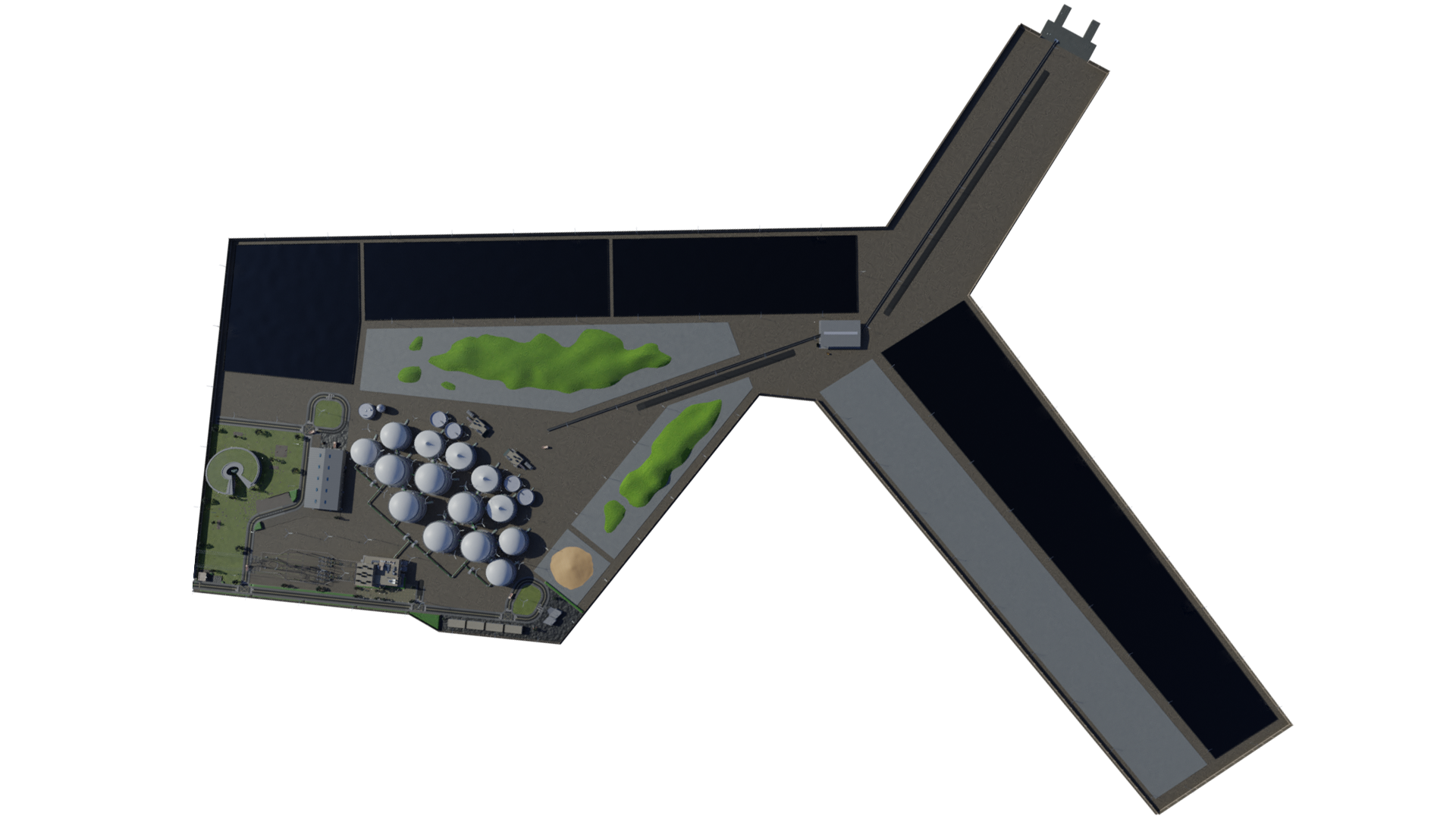
Lake Victoria at Homa Bay
The problems caused by water hyacinths are well illustrated by the situation at Lake Victoria. It’s the second largest freshwater lake in the world and the largest one in Africa. It is the defining element of economic and socio-economic systems, and influences living conditions and prosperity both locally and regionally, and across borders. It also has a significant effect on East Africa’s climate. The problems caused by water hyacinths are well illustrated by the situation at Lake Victoria. It’s the second largest freshwater lake in the world and the largest one in Africa. It is the defining element of economic and socio-economic systems, and influences living conditions and prosperity both locally and regionally, and across borders. It also has a significant effect on East Africa’s climate. Any change that affects the lake and therefore water resources, has direct effects on the 3 countries bordering its shores: Tanzania, Uganda, Kenya, and the neighbouring countries Burundi and Rwanda. Through the White Nile which emerges from the lake, the countries downstream, South Sudan, Sudan and Egypt, are also impacted. In essence, this means the collapse of whole ecosystems, which go far beyond national borders, should the water management of Lake Victoria break down irreparably.
Impact
340,000t p.A.
1,300,000 smallholder
72,000,000 liters
40,000 people per day
4100 liquid CO₂, p. a.
540,000,000 liters soda
900,000t CO₂ a year
like 72M trees or 390,000 cars
1,350 direct jobs
3,000 indirect jobs
10,000 ha
coast area
300,000,000 USD
very aspiring project
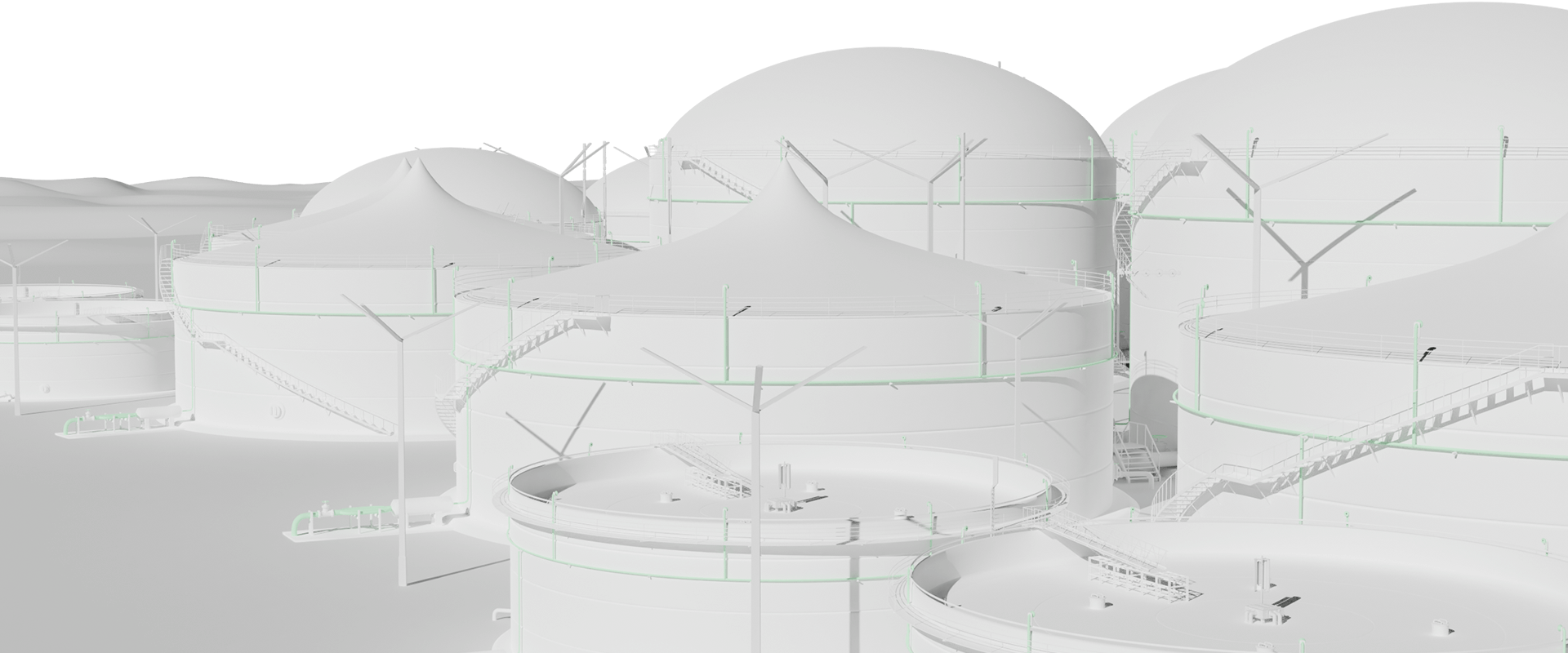
Ecological & Social Benefits along with SDGs
In September 2015, the 2030 Agenda for Sustainable Development was adopted by all United Nations members at the summit in New York. There they defined seventeen Social Development Goals (SDGs) which – for developed and developing countries – impose principle of sustainability to economic, ecological and social development projects. The goals apply to all communities, countries and companies with international business operations. For the first time, reduction of poverty and sustainable development are being supported by the international community. All Kabena projects comply with each one of the 17 SDGs.
Primary Materials
We love helium.

Helium
This noble gas has various technological applications making it an essential commodity. The gas is completely environmentally friendly. It doesn’t react chemically with other substances, and is non-flammable. It’s used as a coolant in scientific research work, in health care, transportation, electronic component production, and loads more besides.
A Life Choice
Would you rather give your child a balloon or MRI scan?
Would you rather get your child a balloon or MRI scan? Thanks to its unique properties, helium isn’t only used in party balloons. It has a wide range applications ranging from transport and aviation, to mechanical engineering and electrical engineering, from medical healthcare and scientific research, to space travel just to name a few. Helium will play a big role in the technologies in the future.
Helium Applications
Ventures
 Hogback Field
Hogback Field
Hogback Resources GmbH was founded by our partners and us to develop the Hogback helium field in New Mexico, US. We’re uniquely positioned to unlock significant value by utilising the company’s expertise in helium extraction and field development.
The Hogback fields are situated in one of the world’s top helium reserves. Current estimates of helium content in the natural gas mix range from 3% to 6%. If we compare that to an industry average of 0.5% – 1% we see the great potential these fields offer. Market demand for helium, with its unique properties, has been constant over the decades. However, a lack of reliable helium sources has pushed up prices for years to come. Hogback Fields will ensure a reliable supply, and capitalize on it.
Kabena is going to expand it‘s helium investments.
Kabena has been involved in every aspect of helium research, production and investments over the past 7 years. Our prediction we've been making over that period have all proved correct. Looking into the next five years, we fervently believe in it's continued importance. Due to this we're looking for further helium investment opportunities to strenghten our helium portfolio.
Real Estate Strategies
Smart ways of capitalizing on real estate.

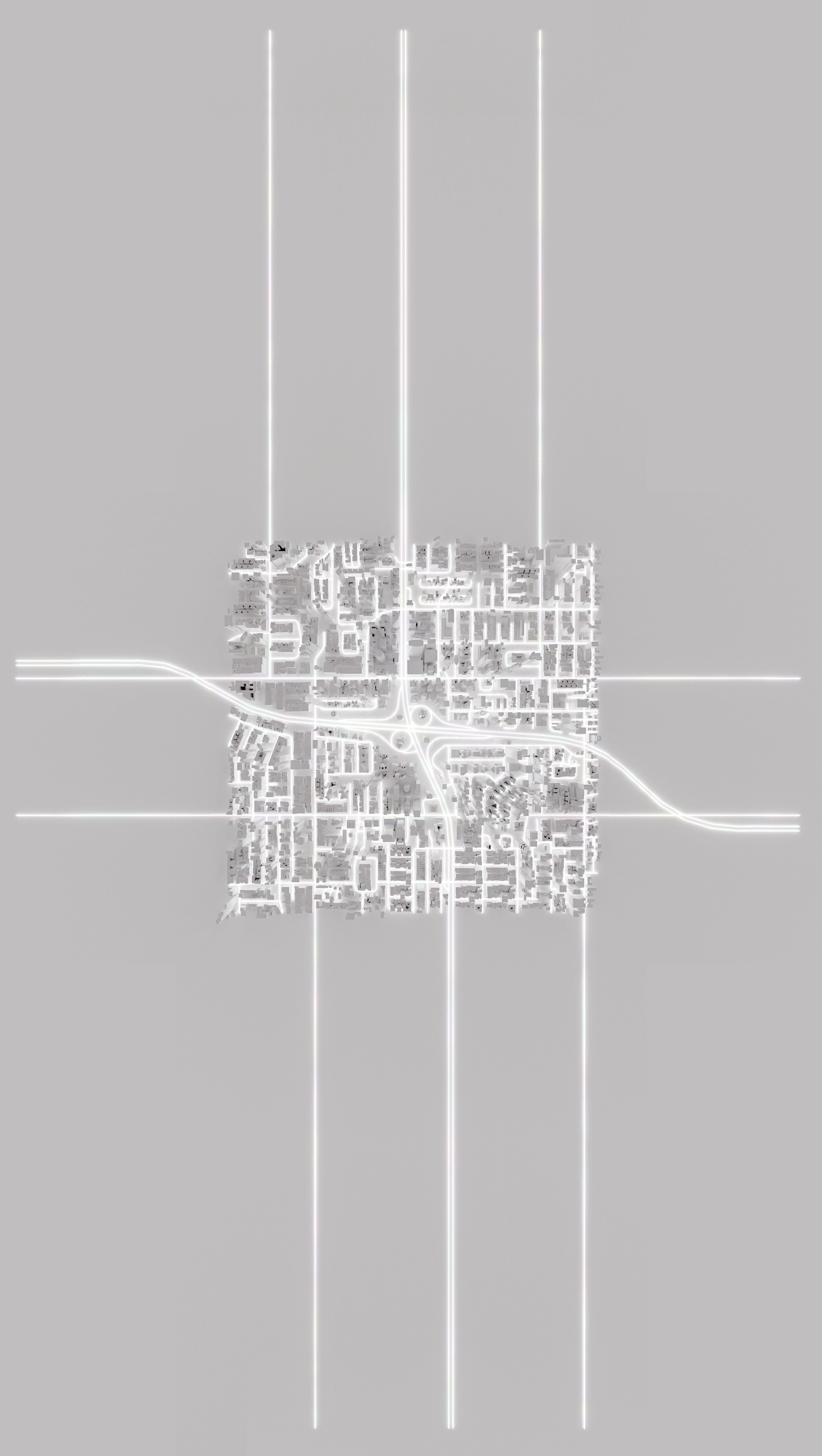
The secret behind the value of real estate.
Current real estate prices aren't high because they have been driven up by irresponsible speculation. As was often the case in the past. Prices have risen because a constantly increasing population with money to invest has been created - and continues to be created. — J.P. Getty
Future Way of Real Estates



Ventures
 WeCan
WeCan
We love Canada.
Our relationship with real estates in Canada has a long history. We ran the European business of North America largest land developer for 10 years.
Now it's time for a reawakening. Indeed we've been working on it since two years now, forming an top-tier global team from Canada to Europe and Asia. Creating residential value add under replacement cost. West Canada is the place to build up a rental housing portfolio together with Canadas top real estate guy. What he's done in the past 20 years can't be copied just with money.
You have to be in the family. Be a part.
 Event Driven Lending
Event Driven Lending
We became aware last year that difficult days were to come for the property market.
Having seen the first signs of the challenges ahead, we decided it was time to expand our private debt strategy with an additional event driven lending approach. The way to do that is to buy property at the lowest price possible, to master the risks, develop it, and sell it at remarkebly high prices.
For sure we weren't able to foresee COVID-19 last year, but this is one example how opportunities are created.
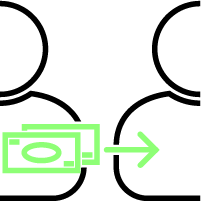 Private Debt
Private Debt
Kabena's strategies in the real estate private debt market have been proven over the past few years.
It's all about working with top-notch partners. We hate risk. The trick is to find the best collateral with a double-digit returns. Beyond that, we intend to make money at every stage of the real estate cycle.
Philanthropy
Art Meets Charity
Art-Meets-Charity is about raising money through art mediums like photography, paintings, and picture books. Currently we’re working on a project to help children in need. In cooperation with SOS Children Village (SOS-Kinderdorf) in Windhoek, Namibia, we’ve created a coffee-table book comprising photographs taken at the SOS village there, and bound in a modern style. Kabena funded the developing and printing of this book in September 2018. Proceeds go to the SOS-Kinderdorf registered charity.

